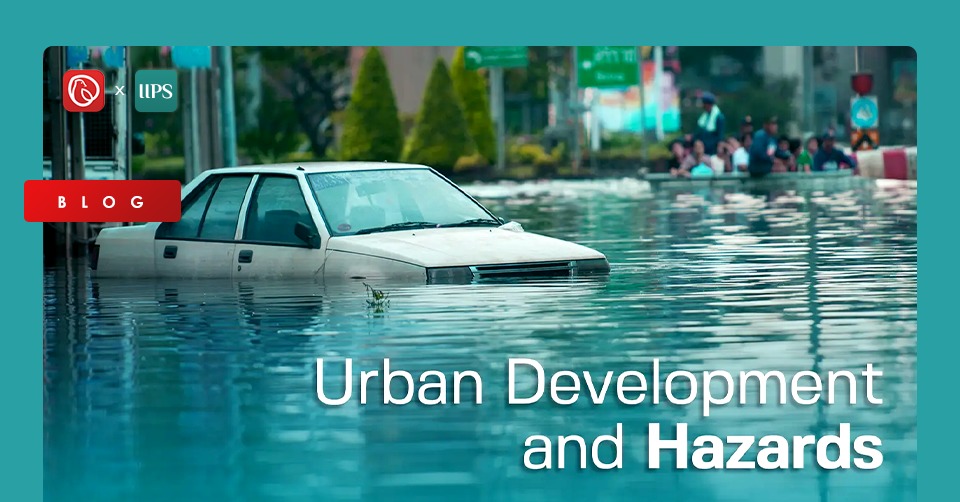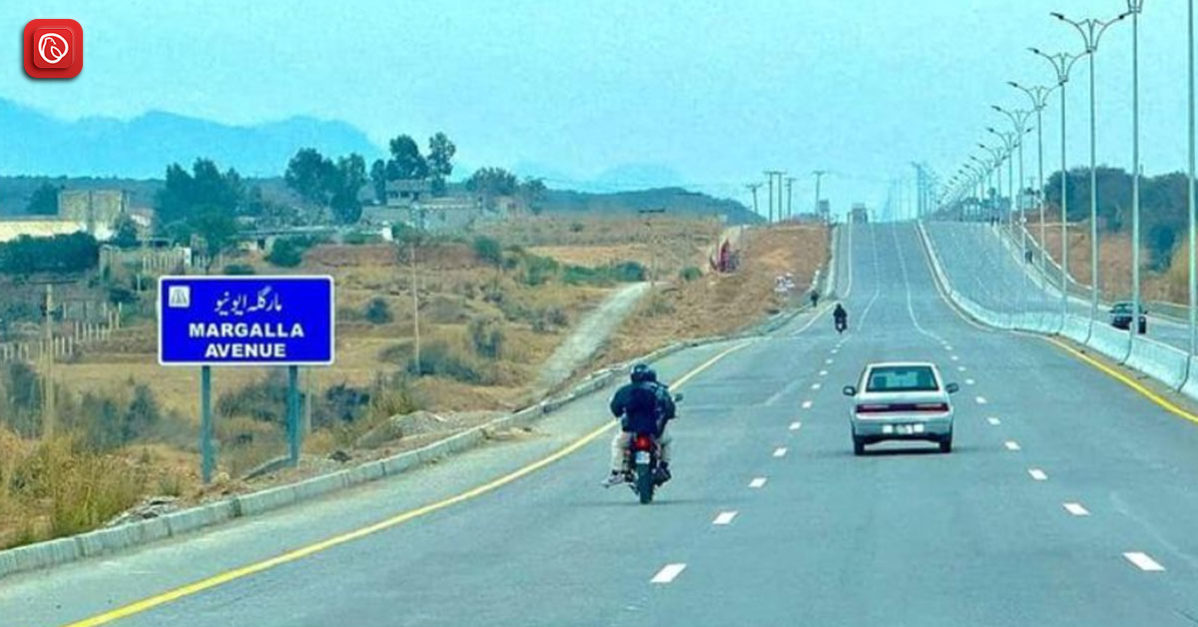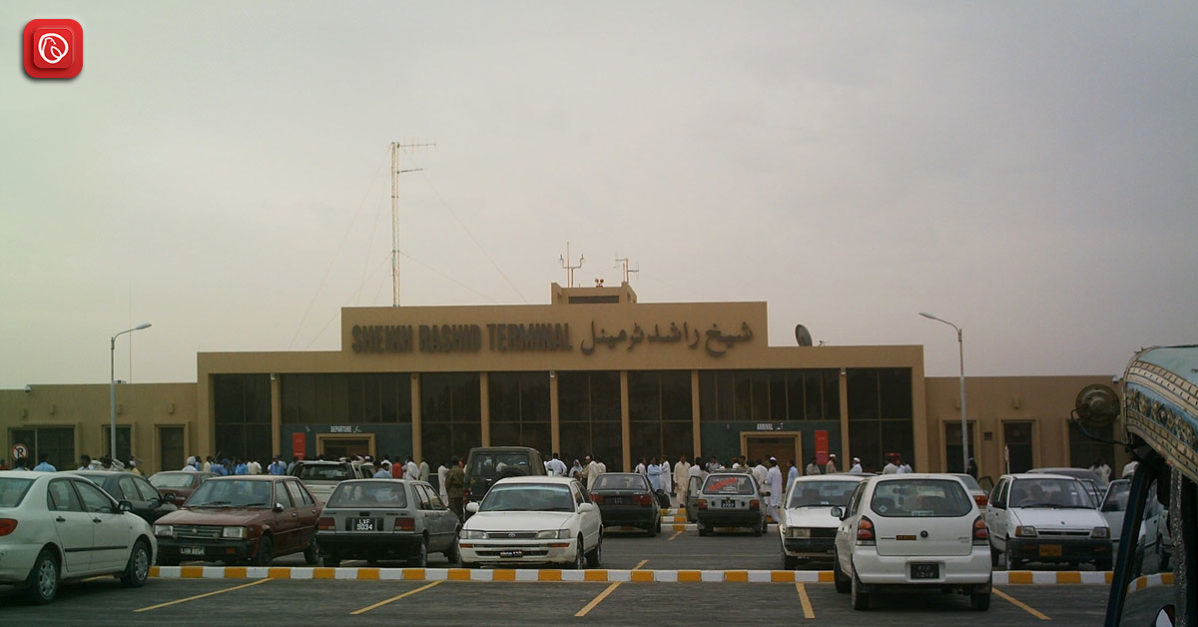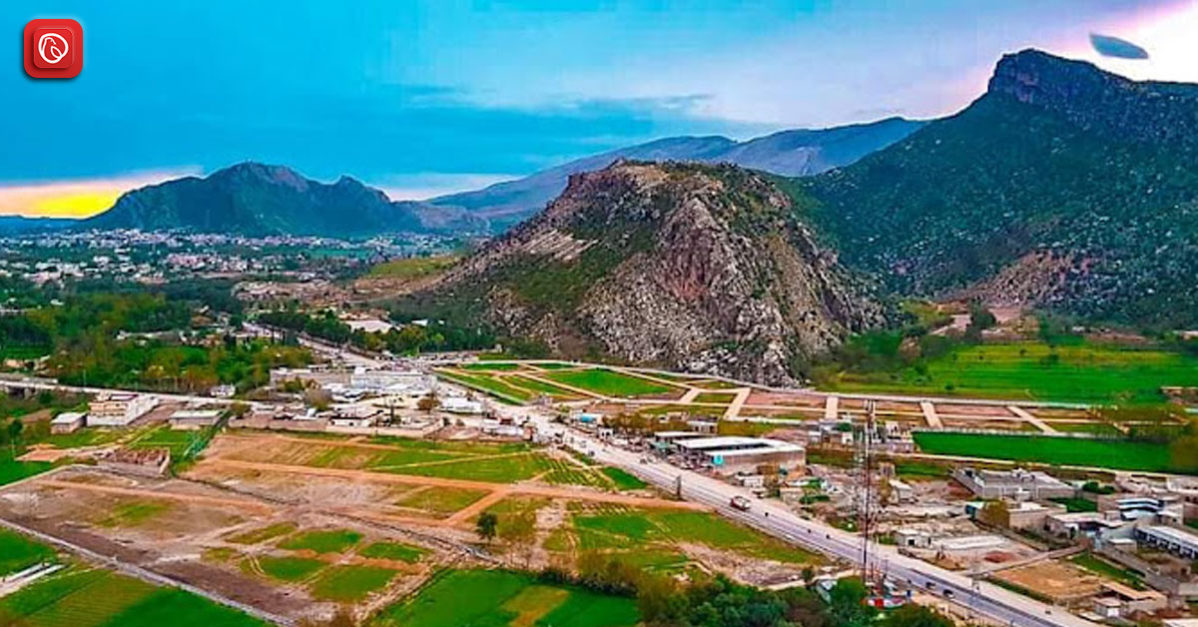The growing rate of urbanisation due to an increase in population density and rural to urban migrations can lead to the creation of risk, especially when the urbanisation is poorly planned in the broader context. Growing population and economic activity have led to the expansion of cities into areas with a high risk of environmental hazards. Estimates suggest that by 2050, urban people’s exposure to cyclones will increase from 310 million to 680 million, while exposure to earthquakes will increase from 370 million to 870 million. Subsequently, the urban development investment budget is also set to increase globally from US dollar 7.2 trillion to US dollar 12 trillion (Prevention Web, 2013). The World Economic Forum has distinctly recognised a lack of urban planning as the leading risk factor for most cities worldwide. The recent flooding of Islamabad by monsoon rains and the subsequent loss and damage of property and life is a testament to the consequences of weak urban planning. Continue reading the blog by the Iqbal Institute of Policy Studies (IIPS) to understand the effects of ineffective urban planning.
Urban Development and Hazards
Unplanned urban development can have many detrimental effects on the environment. For example, the expansion of paved, impermeable trees, which prevent rain from being absorbed in the soil, can increase flood hazards, especially in low-lying areas (IWA, 2021). Furthermore, unplanned expansion of cities can also increase the chances of erosion of current developmental gains. Lack of infrastructure and services, unsafe housing, and inadequate and insufficient health services are among the reasons that turn a natural hazard into a disaster. Poor waste management often leads to blockages of stormwater drains and sewerage networks, leading to waterlogging and flooding. In addition, the destruction of infrastructure due to flooding or earthquakes can also lead to water scarcity and contamination. In addition to these hazards, a lack of safe housing, sanitation, health care, and education make it difficult for urban residents to recover after any such disaster (Wesley & Peterson, 2017).
Besides natural and environmental aspects, there is also a potential for the creation of artificial hazards. Poor regulation in the construction and industrial practice can be among the leading causes for this. In addition, the growing concentration of buildings and people in high hazard areas and the marginalisation of the poor in urban areas increases the risk of a disaster (Belsky, 2021). This also means that more and more disasters affect urban dwellers, having significant harmful impacts on housing, employment, infrastructure, and power supply. This is why a proper urban planning activity must be carried out using data based on the geospatial characteristics of the land. It is the only way to ensure that future homes, societies, and commercial areas are not built on land that is prone to the risk of hazards and disasters (Bosher & Ganor, 2014).
There are also many reasons why urban development does not factor in vulnerability to disasters and hazards. Weak regulation while enforcing building codes and planning permission certificates allow risk to be transferred from the construction companies to the occupants of the building affected. At the same time, weak and vulnerable groups living in poverty tend to settle and build homes in informal locations without adequate provision of infrastructure and safety. This makes them more susceptible to climate change and natural hazards due to the lack of reliable essential services. Urbanisation is also directly linked to economic growth. As cities continue to grow wealthier, the services and amenities available to their residents become better. Investments in infrastructure and services tend to reduce risk. However, in most low-income and middle-income countries, urban development is becoming the cause of intensive trouble, particularly in informal settlements and a high level of environmental degradation due to a lack of formal urban planning practice. Low-income households and poor people are often forced to live in lands that are not safe, which becomes a significant reason they become the victims of a natural disaster (ADB, 2013).
Opportunities for Building Resistance
Urbanisation is continuing at a fast pace in cities, and there are many opportunities for building resilience to hazards and environmental disasters. Multiple stakeholders are involved in the urban development process, from landowners to investors, insurance companies, utility providers, and regulators. Reducing risk at the urban planning level is among the most basic of efforts towards building resilience. In addition, pre-project design, pre-construction, and post-completion mechanisms for construction must also be considered for practical risk assessment and mitigation. However, the activity will largely depend on the stakeholders’ values and the influence of their actions, including risk awareness. The first step towards ensuring that future urban expansion is safe and environmentally friendly for all social groups is to ensure the safety of building codes and planning rules. Furthermore, resilient infrastructure development such as buildings that are resistant to earthquakes is also a necessary step towards ensuring that no collateral damage is experienced in a natural disaster. Urban planning should also be based on statistical and on-ground data collected through digital mapping and integrated GIS systems. The provision of maintenance and timely electricity service, water supply and drainage systems can also reduce the risk of floods and protect assets. Risk should also be transferred from poor households by ensuring insurance and cross-subsidised schemes as long as a disaster risk reduction is not integrated into city regulation, making it an integral part of local development. Proper safety from natural disasters and hazards cannot be achieved.
Furthermore, increasing infrastructure investments cannot happen sustainably without the role of the private sector. Incentives for private urban developers to invest in disaster risk management initiatives must also be taken by the government. Green construction and the circular economy are interesting concepts in this area. Real estate developers can also market aspects such as energy efficiency, social space, and low impact on the environment. Building a resilient urban infrastructure also goes hand in hand with poverty and inequality reduction. Environmental management and climate change adaptation are also needed on an urgent basis. Water and drainage systems must be developed, keeping in mind the prevention of floods in low lying areas. Innovative and disruptive technologies can be used for this purpose. Furthermore, people must also be educated on urban planning in solving their demands and problems. This will ensure that urban leaders do not discount the practice to save costs and endanger human lives.
Conclusion
As cities continue to grow and urbanise due to an increase in population and rural to urban migrations, several factors related to urban planning are ignored. This has translated into a high risk of hazards and natural disasters for most of the poor and marginalised population living in informal settlements. Compounding this, weak building regulation and bylaws, insufficient quality control checks on construction, and the lack of data on current land characteristics have made the challenges of urban planning for disaster and risk prevention all the more challenging. Therefore, it can be realised that Urban Development has its own set of challenges and opportunities. However, proper urban planning before taking on critical developmental projects can significantly help mitigate future risks.




